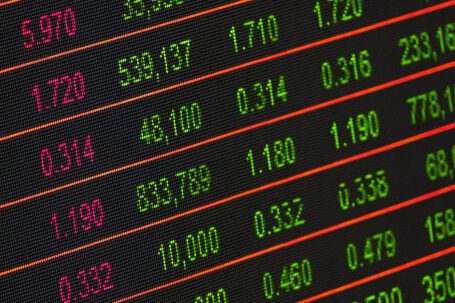Trading in financial markets can be a complex and challenging endeavor. To navigate this terrain successfully, traders often rely on various tools and technologies to assist them in making informed decisions. These trading tools are designed to provide valuable insights, analysis, and automation capabilities that can significantly enhance a trader’s ability to identify profitable opportunities and manage risks. In this article, we will explore the necessity of trading tools and how they can empower traders to achieve their financial goals.
Streamlining Market Analysis
One of the key benefits of trading tools is their ability to streamline market analysis. With access to real-time market data, traders can leverage these tools to quickly identify trends, patterns, and potential trading opportunities. These tools can provide comprehensive charting capabilities, technical indicators, and customizable alerts that enable traders to monitor multiple markets simultaneously and make informed decisions based on accurate and up-to-date information.
Risk Management and Trade Execution
Effective risk management is crucial in trading, and trading tools can play a vital role in this aspect. These tools often offer risk management features such as stop-loss orders, trailing stops, and profit targets. By setting these parameters, traders can automate their trades and ensure that they exit positions at predetermined levels, protecting their capital and minimizing potential losses.
Furthermore, trading tools can also provide advanced order types, such as limit orders and conditional orders, which allow traders to enter and exit positions at specific price levels. These features enable traders to implement their trading strategies effectively and take advantage of price movements even when they are not actively monitoring the markets.
Data Visualization and Analysis
Trading tools often come equipped with advanced data visualization and analysis capabilities. These features allow traders to analyze historical price data, identify key support and resistance levels, and track the performance of various indicators. By visualizing data in the form of charts, traders can gain valuable insights into market trends and make more informed trading decisions.
Additionally, trading tools can provide backtesting functionalities that allow traders to test their strategies using historical data. By simulating trades and evaluating the performance of different strategies, traders can refine their approach and improve their trading outcomes over time.
Enhanced Efficiency and Automation
Trading tools can significantly enhance the efficiency and automation of trading processes. These tools often offer features such as one-click trading, which allows traders to execute trades quickly and seamlessly. Additionally, they can provide automated trading capabilities, such as algorithmic trading and expert advisors, which enable traders to execute trades based on predefined rules and conditions.
By automating repetitive tasks and removing emotions from the trading process, traders can reduce the likelihood of human errors and improve overall trading performance. This automation also allows traders to capitalize on opportunities that may arise outside regular trading hours, providing them with a competitive edge in the market.
In Conclusion
In today’s fast-paced and highly competitive trading environment, trading tools have become an essential component of a trader’s toolkit. These tools provide valuable insights, streamline market analysis, enhance risk management, and automate trading processes. By leveraging the power of these tools, traders can make more informed decisions, manage risks effectively, and increase their chances of achieving their financial goals. Whether you are a novice trader or an experienced professional, incorporating trading tools into your trading strategy can help you navigate the complexities of the financial markets and stay ahead of the competition.





